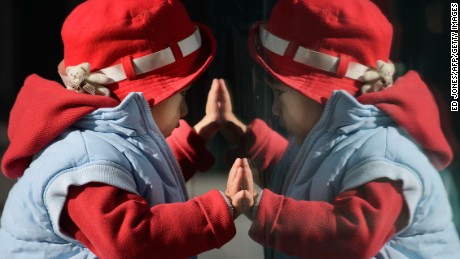
It’s official. From January 1, 2016 China will allow two children for every couple.
Chinese lawmakers rubber-stamped the new legislation Sunday during a session of the National People’s Congress Standing Committee, which governs the country’s laws, the state-run Xinhua news agency reported.
“The state advocates that one couple shall be allowed to have two children,” according to the newly revised Law on Population and Family Planning.
This effectively dismantles the remnants of the country’s infamous one-child policy that had been eased in recent years.
When news of the planned change to the law broke in October, the ruling Communist Party issued the following statement: “To promote a balanced growth of population, China will continue to uphold the basic national policy of population control and improve its strategy on population development.
“China will fully implement the policy of ‘one couple, two children’ in a proactive response to the issue of an aging population.”
100 million couples
According to Lu Jiehua, a sociologist at Peking University, the policy will affect 100 million couples.
China, now a nation of more than 1.3 billion people, instituted a policy of one child per couple to control population growth in the 1970s.
When its propaganda didn’t work, local officials resorted to abortions, heavy fines and forced sterilization.
The decision to end the restriction followed a four-day strategy meeting of senior Communist Party officials at a Beijing hotel earlier this year, CNN’s former China correspondent David McKenzie said.
He has said the move was foreshadowed by a change in the propaganda: While old advertisements depicted parents doting on one child, he said, a recent commercial showed a boy begrudgingly sharing a toy with his younger sister.
‘Not enough’
Human rights group Amnesty International issued a statement warning that the change in policy was “not enough.”
“Couples that have two children could still be subjected to coercive and intrusive forms of contraception, and even forced abortions — which amount to torture,” China researcher William Nee said.
“The state has no business regulating how many children people have,” he said.
Relaxation of policy
China began relaxing the controversial policy in January 2014, allowing couples to have a second baby if the mother or father was an only child.
The move was hailed as a major liberalization of the three-decades-old restriction, but new figures released in January 2015 suggested that fewer people than expected were taking the plunge and expanding their family.
Nationwide, nearly 1 million couples eligible under the new rules had applied to have a second child, state media reported at the time. Health officials had said that the policy would lead to as many as 2 million new births when the policy change was first announced, and it was estimated that 11 million couples were eligible.
Aging population
China’s government has said the country could become home to the most elderly population on the planet in just 15 years, with more than 400 million people over the age of 60.
Researchers say the graying population will burden health care and social services, and the world’s second-largest economy will struggle to maintain its growth.
“China has already begun to feel an unfolding crisis in terms of its population change,” Wang Feng, a professor at Fudan University and a leading demographic expert on China, told McKenzie earlier this year.
“History will look back to see the one-child policy as one of the most glaring policy mistakes that China has made in its modern history.”
Wang said the one-child policy was ineffective and unnecessary, since China’s fertility rates were already slowing by the 1980s.
As reported by CNN
